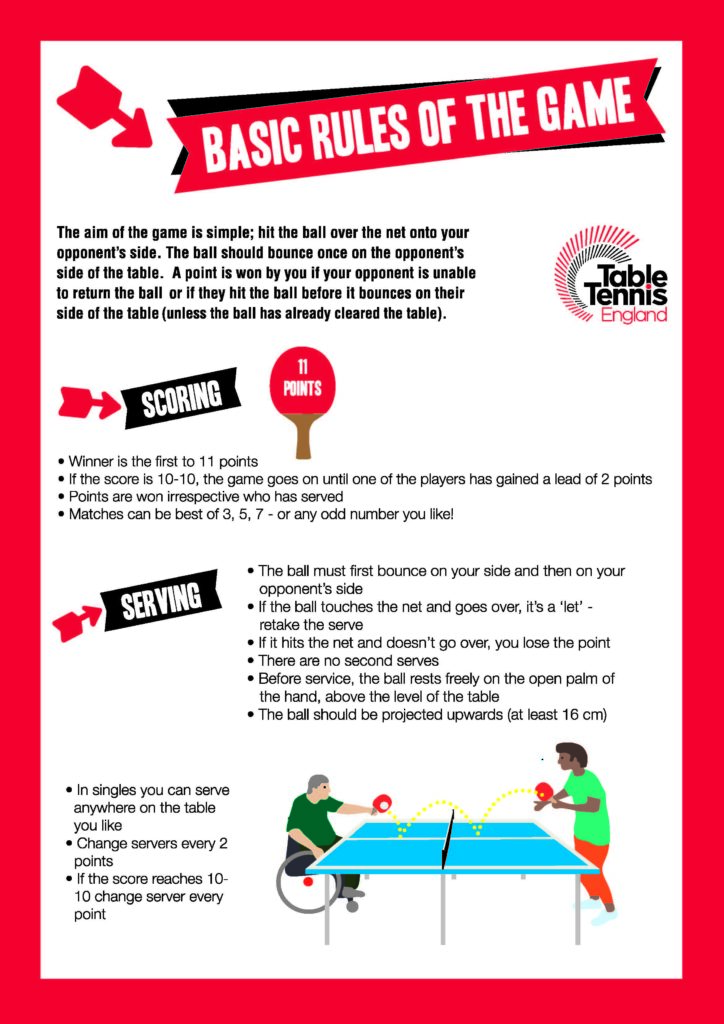
Decoding the Gymnastics Competition Schedule: A Comprehensive Guide
Gymnastics competitions, whether at the local, national, or international level, are meticulously planned events with complex schedules. Understanding the structure and flow of these schedules is crucial for athletes, coaches, judges, and spectators alike. This article will delve into the intricacies of a typical gymnastics competition schedule, exploring the various components and factors that contribute to its design.
I. The Building Blocks of a Gymnastics Competition Schedule:
A gymnastics competition schedule is not simply a list of events; it’s a carefully orchestrated sequence designed to ensure fairness, efficiency, and spectator enjoyment. Several key elements shape its construction:
-
Competition Level: The level of competition (e.g., recreational, club, state, national, international) significantly impacts the schedule’s length and complexity. International competitions like the Olympics or World Championships feature far more events and athletes, requiring a more extensive schedule than a local meet.
-
Disciplines: Gymnastics encompasses various disciplines, including artistic gymnastics (men’s and women’s), rhythmic gymnastics, trampoline gymnastics, and acrobatic gymnastics. A competition might feature one or a combination of these, influencing the schedule’s structure. Each discipline has its unique set of events and routines, demanding specific time allocations.
-
Number of Athletes & Teams: The number of participants directly affects the schedule’s duration. More athletes mean more routines to be performed and judged, extending the overall competition time. Team competitions add another layer of complexity, requiring scheduling for team qualifications and finals.
-
Venue Capacity & Resources: The venue’s size and available resources (e.g., judges, equipment, medical personnel) influence scheduling decisions. A larger venue might accommodate multiple events simultaneously, allowing for a more compact schedule. Limited resources may necessitate a more stretched-out timetable.
-
Broadcast Requirements: For televised competitions, the schedule must accommodate broadcast needs, including commercial breaks, pre-recorded segments, and live commentary. This often requires carefully planned pauses and strategically placed events for maximum viewership.
II. A Typical Competition Schedule Breakdown:
A comprehensive gymnastics competition schedule typically follows a structured format, incorporating the following stages:
-
Warm-up Sessions: Allocated time slots before each apparatus rotation or event allow athletes to prepare physically and mentally. These sessions are crucial for optimal performance and injury prevention. Schedules often specify designated warm-up areas and equipment availability.
-
Apparatus Rotations (Artistic Gymnastics): In artistic gymnastics, athletes perform routines on various apparatus (vault, uneven bars, balance beam, floor exercise for women; floor exercise, pommel horse, rings, vault, parallel bars, horizontal bar for men). The schedule meticulously details the order of rotation, ensuring fairness and efficient use of equipment. Each rotation includes time for athlete preparation, performance, judging, and equipment changeover.
-
Event Finals: Following qualification rounds, the top athletes advance to event finals, where they compete for medals on individual apparatus. The schedule clearly defines the qualification criteria and the order of finals events.
-
All-Around Competition: This event combines scores from multiple apparatus to determine the overall champion. The schedule designates the specific time for the all-around competition, often placing it strategically to maximize spectator interest.
-
Team Competition: In team events, scores from multiple gymnasts are aggregated to determine the winning team. The schedule outlines the team qualification and final rounds, including the criteria for team composition and scoring.
-
Rhythmic Gymnastics Routines: Rhythmic gymnastics competitions feature individual and group routines with various apparatus (hoop, ball, clubs, ribbon). The schedule specifies the order of performances, including time for apparatus changes and judging.
-
Trampoline Gymnastics Rounds: Trampoline gymnastics involves individual and synchronized routines. The schedule allocates specific time slots for each round, including qualification and finals, taking into account the unique requirements of the trampoline equipment.
-
Awards Ceremonies: The schedule includes dedicated time slots for award presentations, acknowledging the achievements of the athletes and teams. These ceremonies are typically high-profile events designed to celebrate the competition’s highlights.
III. Factors Influencing Schedule Adjustments:
Even the most meticulously planned schedule can encounter unforeseen circumstances requiring adjustments. These include:
-
Injuries: Athlete injuries can necessitate schedule changes, potentially delaying routines or impacting team compositions.
-
Equipment Malfunctions: Problems with apparatus can cause delays and require rescheduling of events.
-
Unexpected Delays: Unforeseen events, such as power outages or logistical issues, can disrupt the planned schedule.
-
Weather Conditions: Outdoor competitions are susceptible to weather-related delays, necessitating flexibility in the schedule.
IV. The Importance of Clear Communication:
Effective communication is paramount in managing a gymnastics competition schedule. Clear and accessible information is essential for all stakeholders:
-
Athletes & Coaches: They need timely access to the schedule to plan training, warm-up, and recovery.
-
Judges: The schedule guides their work, ensuring efficient judging and fair scoring.
-
Spectators: A well-publicized schedule allows spectators to plan their attendance and follow their favorite athletes.
-
Organizers: A detailed schedule serves as a roadmap for the event, ensuring smooth coordination of logistics, personnel, and resources.
V. The Future of Gymnastics Competition Scheduling:
Technological advancements are transforming gymnastics competition scheduling. Digital platforms and software are enabling greater efficiency, real-time updates, and improved communication. Integration with live scoring systems allows for dynamic schedule adjustments based on real-time performance data. Moreover, data analytics can be used to optimize schedules based on historical data and performance patterns, enhancing the overall efficiency and fairness of competitions.
In conclusion, a gymnastics competition schedule is a complex yet essential element of any successful event. Its design requires careful consideration of numerous factors, from competition level and discipline to venue capacity and broadcast requirements. Effective communication, flexibility, and the adoption of innovative technologies are crucial in ensuring smooth operation and maximizing the enjoyment of both participants and spectators. Understanding the intricacies of these schedules allows for a deeper appreciation of the hard work, dedication, and meticulous planning that go into creating a truly memorable gymnastics competition.



